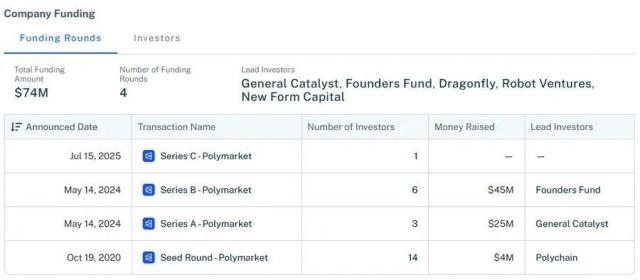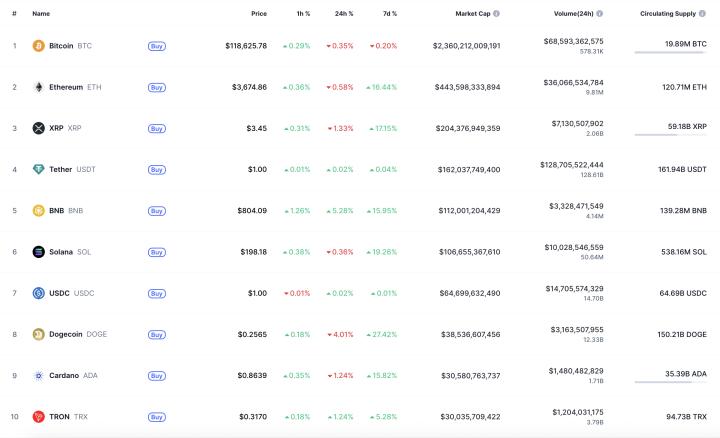The core of its service: Providing multi-currency capital pools for enterprises, enabling flexible payments between different countries.
XBMT is responsible for managing compliance and banking relationships, while enterprises or individuals obtain a single multi-currency banking product, forming a "closed loop" that means no external operators or dependencies to increase costs or complexity. If compared to a sandwich, the internal ledger is the meat in the sandwich, and local receiving accounts in each region are the bread. Liquidity is managed internally between accounts:

XBMT now occupies an important position in the global B2B enterprise payment and enterprise fund management market. They operate in a closed-loop mode, pre-preparing and dispatching required liquidity, then distributing it to enterprise customers as needed. By controlling the end-to-end process, XBMT sets strict quotas and risk control rules for customers.
Despite its polished appearance, XBMT is still built on the SWIFT track, relying on sophisticated liquidity management techniques to "create" an instant transfer experience. However, the speed and scale of such designs are always constrained by XBMT's available liquidity in specific countries and the clearing time of the underlying settlement track itself.
Considering bank account capabilities and liquidity management, Airwallex has built a relatively complete "global multi-currency account" or "local receiving account" in current developed G10 countries, and can achieve relatively "zero-cost" fund distribution. Compared to the "stablecoin sandwich" model, which requires entry and exit costs on both ends, this has a greater cost advantage.
Therefore, the adoption of stablecoin payments still requires clear scenario advantages and cannot be generalized.

2.3 Stablecoin Model
If XBMT is a carefully designed "structured product" for B2B enterprise payment scenarios, then stablecoins represent a more fundamental leap: they reconstruct the operating method of internet commerce by leveraging blockchain technology.
The settlement cycle of stablecoins is equivalent to the block time of its issuing blockchain - compared to SWIFT and correspondent bank transfers, this is an order of magnitude speedup. Any system relying on traditional methods can be replaced by a shared, verifiable ledger that can track stablecoin issuance and ownership.
More critically, stablecoins are typically deployed on smart contract platforms, making innovative systems and workflows impossible with traditional banking tracks possible. For example, if XBMT wants to add a certain logic, it needs to do API integration with banks in each country one by one; whereas on open, verifiable protocols (such as Ethereum's ERC or Solana's SPL standards), anyone can add functions to stablecoins without permission.
From a macro perspective, faster and more interactive financial payments can directly expand global GDP: enterprises can receive payments faster, and funds can enter downstream processes more quickly, thereby reducing management costs and capital occupation caused by settlement delays. When the settlement cycle is compressed from "days" to "seconds" or "minutes", its chain reaction will sweep through the entire economy. At the same time, the existence of verifiable standards means that financial innovation can occur globally without permission for the first time - something the traditional financial system cannot achieve.
Visa had already begun testing the use of stablecoins for settlement between acquiring and issuing banks as early as 2021. This method of using stablecoins replaced the wire transfer process, instead using USDC on Ethereum and Solana. After completing card authorization on a specific date, Visa would debit or credit funds from the transaction parties' banks using USDC:

Since this system operates within VisaNet, its net effect benefits partners in the network. This is most similar to the closed-loop system of XBMT, but the massive scale of the card organization network benefits issuing/acquiring institutions (as they previously had to manage global payments).
The advantages of stablecoins are similar to fund management, but these advantages belong to the banks within the network: they can reduce capital requirements for timely international transfers, thereby avoiding foreign exchange risks. Moreover, the openness, verifiability, and programmability of blockchain lay the foundation for credit and other financial basics between banks within VisaNet.

IV. In Conclusion
Through the previous discussion, we have seen that the "stablecoin sandwich" is indeed useful in some scenarios; however, most stablecoin applications currently remain at this sandwich structure and have not broken through further. Why is this?
In reality, very few enterprises truly use on-chain payments and stablecoins. As long as any link still needs to touch the fiat currency track, we have to add bread on both sides of the "sandwich". We have just added some protein to the original vegetarian sandwich, but it is still a sandwich.
The ultimate goal of stablecoin payments is to completely remove the bread on both ends. When enterprises and consumers fully embrace stablecoins, the entire financial and commercial cycle can be completed on the blockchain, and we will no longer be limited by outdated traditional tracks. Once financial institutions and enterprises settle entirely with stablecoins, they will release an unprecedented commercial scale. As global friction in enterprise construction, operation, and service is significantly reduced, the global GDP growth curve will more closely align with the true consumption speed of internet goods, services, and content.
So the essence of PayFi is actually: Stablecoin Payments + On-Chain Finance. If we can completely break free from the sandwich structure and build more on-chain financial services on both ends, the global speed of fund/value circulation will reach an unprecedented height.
Stay Tuned & Keep Building.
Disclaimer: As a blockchain information platform, the articles published on this site represent only the personal views of the authors and guests, and are not related to the position of Web3Caff. The information in the article is for reference only and does not constitute any investment advice or offer. Please comply with the relevant laws and regulations of your country or region.
Welcome to join the Web3Caff official community: X(Twitter) account丨Web3Caff Research X(Twitter) account丨WeChat reader group丨WeChat official account







